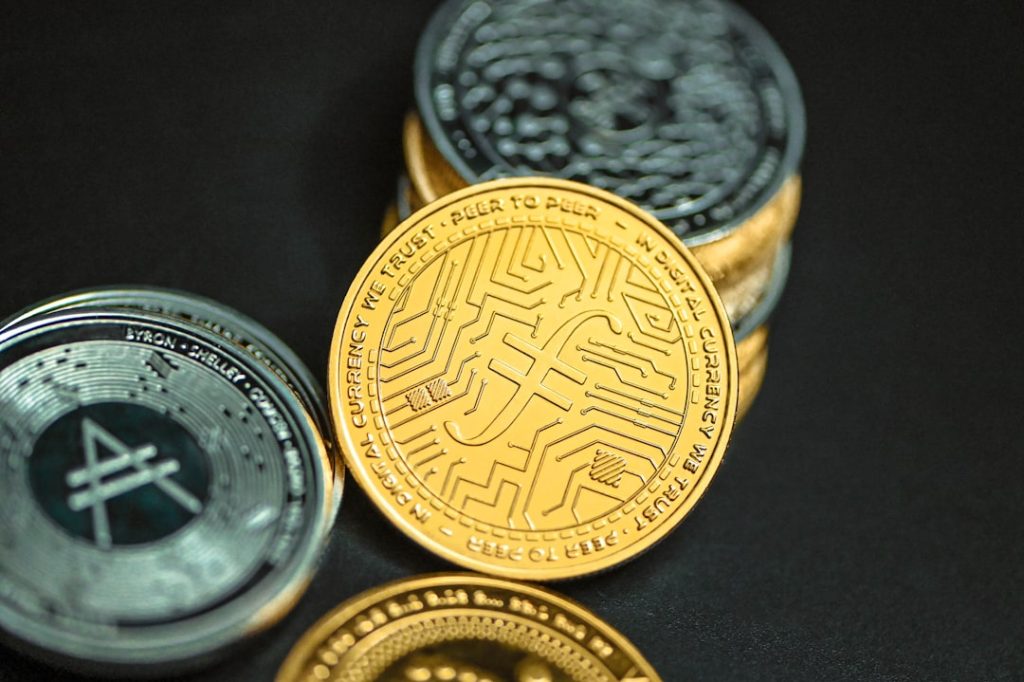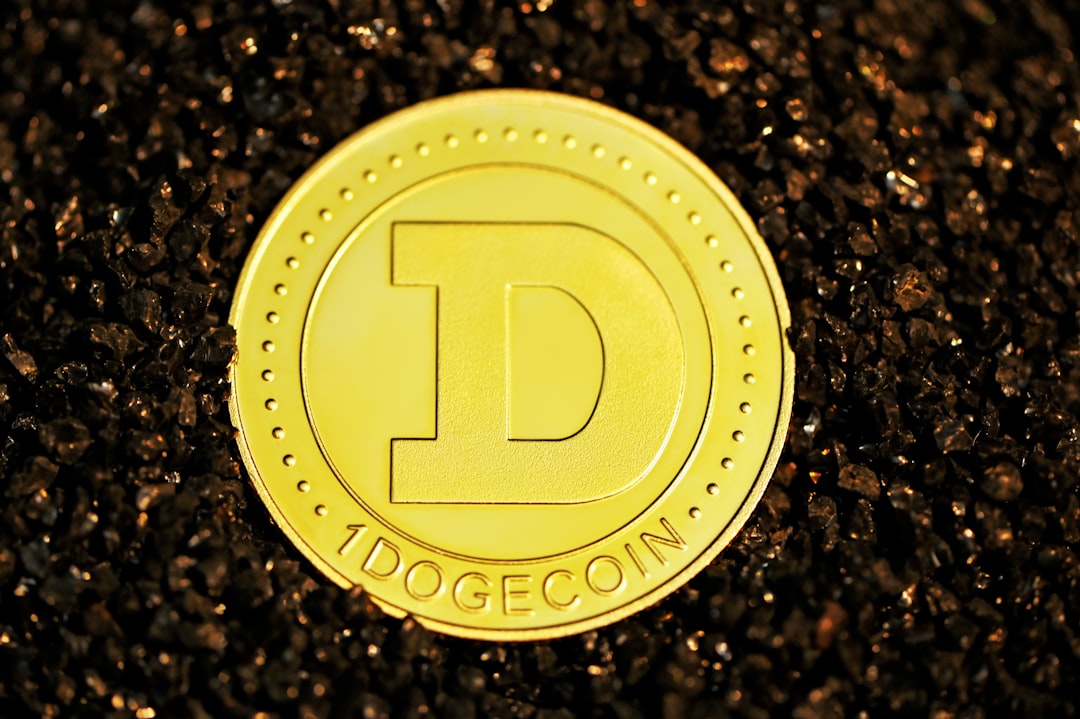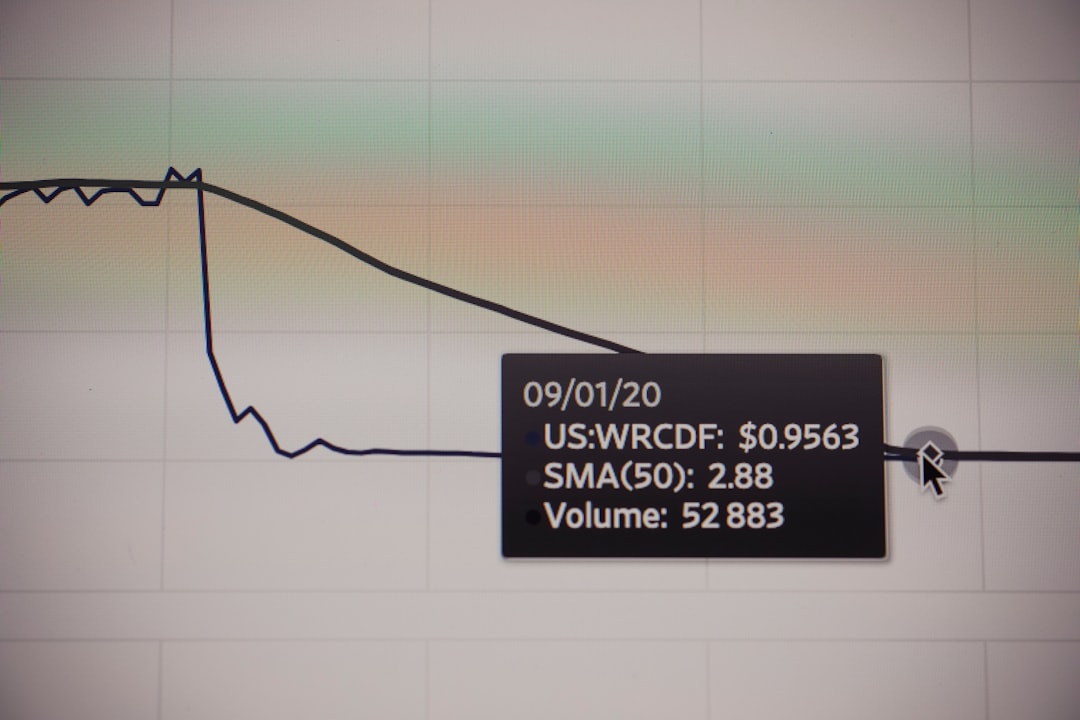How many Monero are left?
3 min read
Monero (XMR) is one of the leading privacy-focused cryptocurrencies, renowned for its untraceable transactions and powerful cryptographic techniques. As more people become interested in decentralized finance, questions about supply and sustainability emerge. One of the most common questions asked is: How many Monero are left?
To answer that, we’ll explore the unique emission model that Monero uses, how its supply compares with other cryptocurrencies, and what the future holds for this privacy coin.
Understanding Monero’s Supply Model
Unlike Bitcoin, which has a hard-coded maximum supply of 21 million coins, Monero does not have a fixed cap. Instead, Monero utilizes a two-phase supply mechanism:
- Main Emission: This was the phase in which the majority of Monero’s supply was generated. The main emission phase started in 2014 and continued until May 2022.
- Tail Emission: After the main emission ended, Monero switched to a system called tail emission. This phase ensures that a small amount of new XMR is continuously introduced into the network.
The main emission ended at approximately 18.132 million XMR. From that point onward, Monero has been adding 0.6 XMR per block as part of the tail emission, with blocks being mined roughly every two minutes.

Why Tail Emission?
The tail emission is a clever solution to one of the challenges many cryptocurrencies face: sustainability. Most cryptocurrencies rely on block rewards for incentivizing miners. Once those rewards run out, securing the network can become problematic if there aren’t enough transaction fees to compensate miners.
With tail emission, Monero ensures that miners will always have an incentive to support the network, maintaining its security and resilience without creating a likely privacy-degrading fee market.
How Many Monero Are There Now?
As of early 2024, there are approximately 18.45 million Monero in circulation. Thanks to tail emission, this number increases very gradually—only about 157,680 XMR are added to the supply each year.
To break it down clearly:
- Block reward: 0.6 XMR
- Blocks per day: 720
- Daily XMR emission: 432 XMR
- Yearly XMR emission: ~157,680 XMR
Unlike Bitcoin, which will see its mining rewards dwindle over time until eventually stopping, Monero’s emission is small but perpetual. This makes the question “how many Monero are left?” somewhat different—Monero doesn’t have a final cap, so coins will always be created, albeit at a predictable and low rate.

Impact on Inflation and User Perception
It’s natural to be concerned about inflation in any system without a fixed supply. However, Monero’s tail emission represents a minuscule annual inflation rate. With over 18.45 million XMR in existence and only about 0.86% added annually, inflation is minimal and becomes progressively negligible each year.
The design decision aligns with Monero’s mission: preserving privacy, enhancing usability, and ensuring decentralization. Sustainable mining sections are crucial for this longevity, and a tiny, steady reward helps producers stay engaged without flooding the market.
Conclusion: A Balancing Act
So, how many Monero are left? The answer is both simple and nuanced. There are approximately 18.45 million Monero in circulation right now, and that number will continue to increase slowly, forever. Unlike Bitcoin’s finite model, Monero adopts a long-term approach that favors network sustainability and decentralization.
For users and investors, this means predictable low inflation, continued network security via miner incentives, and a design that actually supports private, fungible digital cash in the true spirit of cryptocurrency.
Whether you’re a miner, holder, or just learning about Monero, its economic model is worth appreciating for its innovation and commitment to longevity in the world of decentralized finance.



